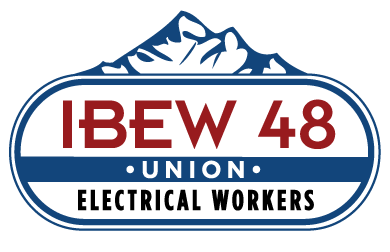Main menu
- Home
- About/Contact
- Declaration of the IBEW
- Resources
- Contractor Directory
- Healthy Living
- New...2020 Plan Year for Harrison Trust/Including NEW Pregnancy Time Loss Benefit
- Forms
- Legal Resources
- Financial Resources
- Wellness Resources
- IT Resources
- Benefit and Industry Links
- Foreman Development Series
- How Does Reciprocity Work?
- Building Code Enforcement Complaint - Link & QR Code
- Know & Receive Your Benefits - Contact Info for Retiring!
- Pregnancy FAQs
- Teladoc - Convenient Medical Care by Phone, Video or App
- Member Services
- COVID-19 COBRA Extensions
- Collective Bargaining Agreements
- Edison Pension Trust
- Bylaws
- Political Conversations
- Important Retirement Information
- "What You Need to Know" from Membership Services
- Benefit Plan Summaries
- Scholarship Information
- Changing Your Address/Contact Information
- Electronic Reciprocal Transfer System
- Harrison Trust Health & Welfare
- NIETC
- LMRDA/Landrum-Griffin Act
- Compensation for Training
- Collective Bargaining Agreements
- Polls
- Member Resource Manual
- How to Read an Explanation of Benefits (EOB)
- IBEW Local 48 Policies
- Drug Testing Facilities
- Become a Steward Today!
- Dispatch / Dues
- Get Involved
- Join
- Education
- News
- Contact Us







